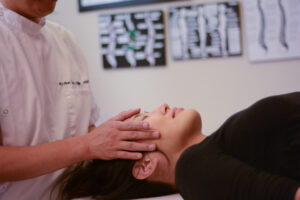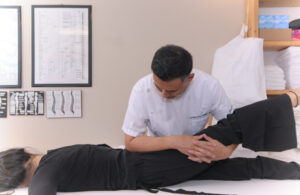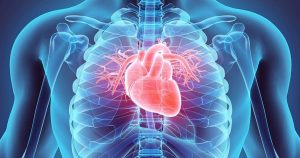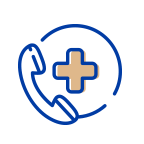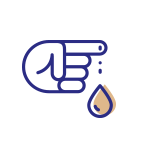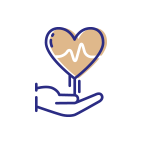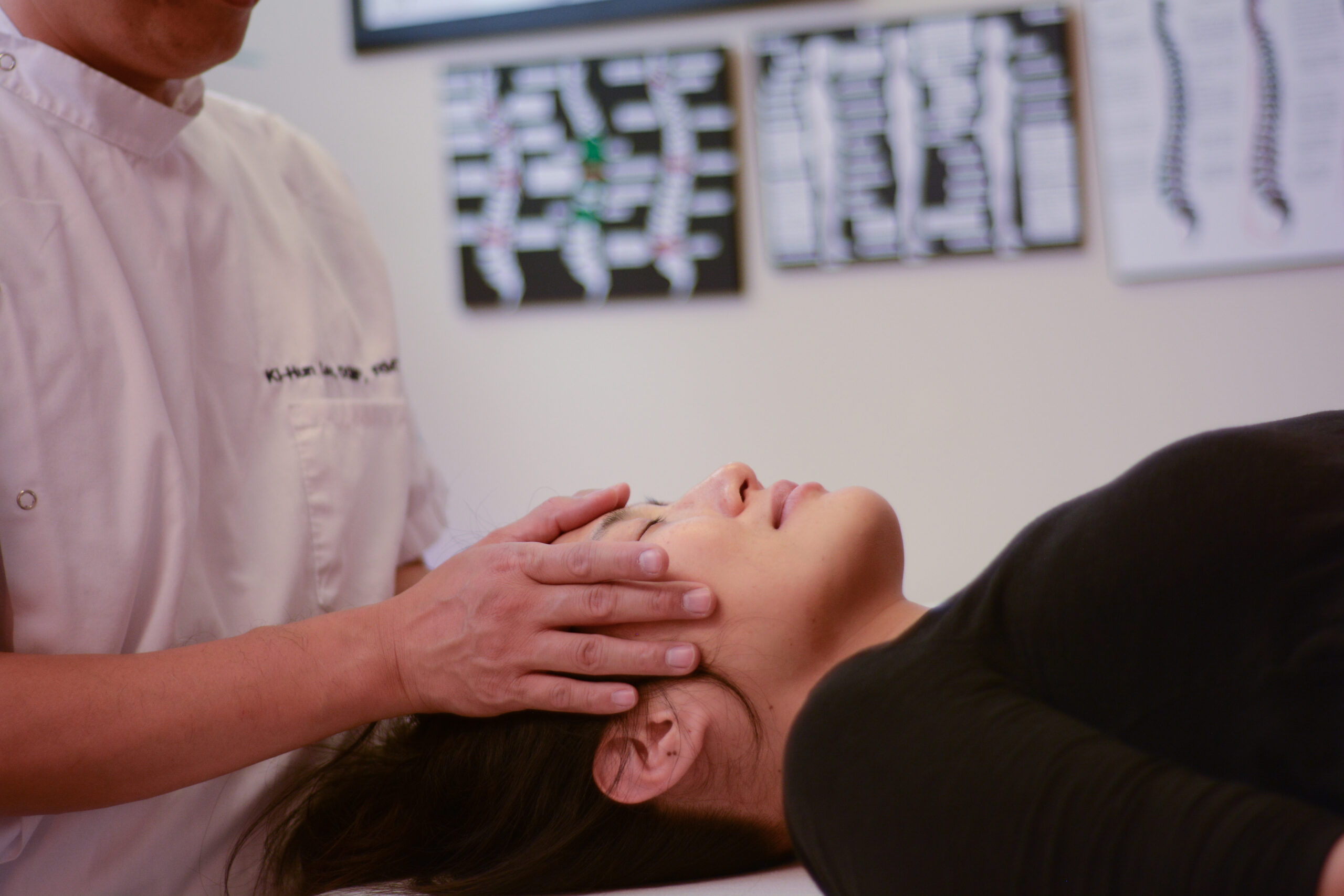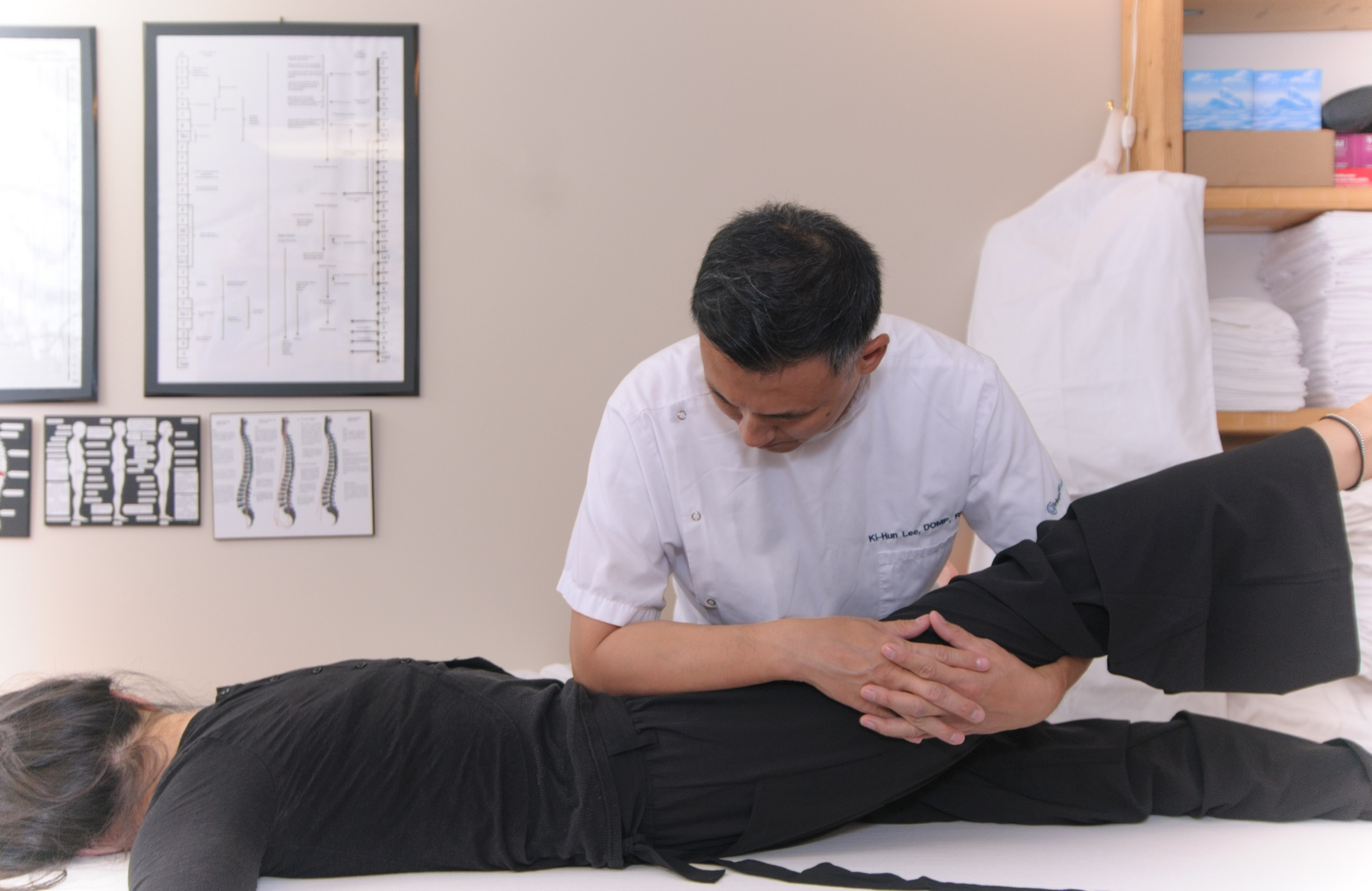Striving To Be Toronto's Best Osteopathy And Massage Therapy Clinic
Frequently Asked Questions (FAQ)
You can find answer below to some Frequently Asked Questions (FAQ) about Osteopathy, Massage Therapy and Pain.
The aim of an Osteopathic Manual Practitioner is to optimize the self-healing mechanisms of the body.
The frequency of treatments is based on the initial assessment and treatment. The decision on how often you will need treatment is based on allowing enough time between visits to allow your body to integrate the changes that occur from one treatment to the next.
While very often being used to treat back pain, osteopathic treatment is effective in a wide variety of health complaints. Osteopathy has been successful in treating the following:
Acute or Chronic Pain
Digestive Problems
Muscle Spasms
Respiratory Difficulties
Postural Problems
It can also successfully treat migraines, dysmenorrheal, sciatica, carpal tunnel syndrome, fibromyalgia, tinnitus, vertigo, pain and diseases.
Osteopathy is an established recognized system of healthcare which relies on manual contact for assessment and treatment. It integrates the whole body, including the mind with emphasis on allowing the body’s intrinsic tendency for self-healing without pharmacological use.
Osteopathy views a person as a single unit comprised of body, mind, and spirit. In the osteopathic perspective, one needs to treat the whole person. Instead of viewing the body as a machine, osteopathy looks at pain as the result of complex interactions between physical factors as well as psychological and social factors, also referred to as the “biopsychosocial” approach. The perception of pain is not merely a response to physical injury, but is also related to the patient’s own emotional framework as well as their physical and social environments.
An Osteopathic Manual Practitioner works to build a trusting relationship with their patient to help understand if there are other non-physical factors that could be contributing to their chronic pain condition. This allows the practitioner to develop a more comprehensive pain management and reduction plan to help their patient find relief.
Chiropractors focus on the spine and use techniques that make nerve transition more efficient. Osteopathic Manual Practitioner aim to improve the body’s overall healing system so that one can be positively affected from head to toe.
Some simply feel better right after the first treatment and keep feeling better, some people go through a healing crisis, where you might experience escalating pain for a few days after treatments. This pain could happen in the beginning but gradually subside – but it can sometimes happen after several sessions – but it is not really getting worse.
Let me explain.
When your body experiences certain types of pain or discomfort, it is usually because of some kind of injury, accident, trauma(both emotional and physical), things that you eat or something has been accumulating due to things that you do during the day at work, like how you sit (slouching, trying to look the monitor closely by keeping your head forward rather than bringing the monitor close to you, etc.), how you walk, repetitive movements you do (using the mouse, how you hold the phone, etc.), even how you sleep (sleeping on your stomach rather than your back). As your body develops patterns in order to do things you do often more efficiently, your joint positions, muscles/ligaments/tendons length and your bones change their physical shapes. So by receiving any types of treatment, especially manual treatments like osteopathy, or massage therapy, the practitioner will make physical changes manually (plus they request that you do exercises and maintain better posture), change the position of the joints, stretch (lengthen) muscles/ligaments/tendons in a relatively short period of time compared to the length of the time it took your body to develop the patterns.
So, in the beginning, your body won’t like the changes and might experience pain or discomfort, so it is not actually getting worse, it is a part of the healing process to get better.
You can also experience something we call the regression of symptoms.
Let’s say you come in with lower back pain, and you have no idea why you have it all of a sudden. But you recall an injury you had a few months ago, like sprained ankle on your left side which caused you to lean on your right leg for a few weeks and your left ankle got better but you started feeling pain in your right knee. And that knee pain caused left hip pain due to the leaning and became back pain.
By getting treatments, you might experience the hip pain, knee pain and ankle pain for a few days each before you feel the improvement in your lower back, that’s why it’s called regression of symptoms. Again, this is not getting worse or going backwards, it is just how body heals sometimes.
If you’ve had an injury, accident or trauma, check with your doctor first and get the necessary tests like X-ray, MRI and ultrasound to rule out any medical concerns, like broken bones, dislocation, etc. And if everything is clear, but you still experience pain, we recommend you to come in right away.
If you never had an injury, or accident or trauma, but experience pain/discomfort, it is best to receive treatments before it becomes chronic, meaning you leave it more than two months.
The best time to come in is when the pain/discomfort persist for more than a week or two without getting any better or gradually intensifies (in frequency, duration, intensity of feeling pain/discomfort), without any apparent reasons.
It has probably been accumulating by repetitive movements you do in your daily activities or an old injury you don’t even remember acting up.
It is better to get treatment before you feel pain or discomfort all the time, when it starts to be there all the time, it will take longer to treat it.
If your pain gets better with rest but the pain seems to come back with activities such as walking, sitting, lifting something, exercising, standing, etc, then it is a good time to seek treatment for that pain.
Prevention is the best strategy. Statistics report about 60-80% of us will experience some level of lower back pain at any point of their lives. One theory is that it is due to a culmination of all the falls and injuries we experience while growing up.
According to a study How Do You Learn to Walk? Thousands of Steps and Dozens of Falls Per Day in 2012 (Read the Study Here), 12 to 19-month-olds averaged 2,368 steps and fell 17 times/hour. That’s over 30,000 falls a year until you completely learn to walk with good balance (assume they have five active hours a day). And top of that, we can add all the falls and injuries from learning biking, skating, skiing throughout our lives!
Our body is amazing in terms of adapting to all these injuries and healing from them. Even so, there can be injuries that didn’t heal properly. With the wrong movement or more abuse, such sitting long hours at work or extreme sports, repetitive movements (crossing legs, using a cellphone, tablet, computer, the same hand to pick up the phone, opening the door, using forks, etc), these can trigger the pain or discomfort.
Whenever we have an injury or trauma, these stimulations pass through the spine in order to be delivered to our brain to deal with the issue properly in real time. Strong stimulations from injuries or trauma can create lesions on the spine (limited movement, out of alignment with stronger impact, e.g. a severe fall or a car accident).
The spine houses the spinal cord, and all the nerves that innervate all the structures (bones, muscles, ligaments, organs, etc) come out of the spinal cord. When spine is not aligned properly, it can limit the nerve force and blood circulation to our body parts, delay the healing process or heal it properly. So it is better to get treatments on a regular basis (once a month or every two months), even if you don’t feel any pain or discomfort.
The first visit includes a first-time assessment, the treatment session which will include one or many modalities (e.g., osteopathy, frequency specific microcurrent and massage therapy.) Feel free to ask questions or provide feedback to the practitioner. Read about what to expect at your first visit.
Have a question? Just call or text us at 647-388-7435 or email us at info@ibodywork.ca.

